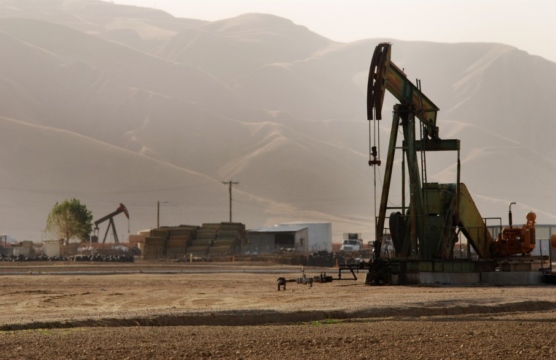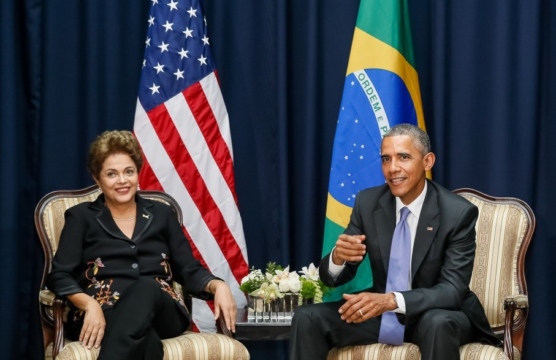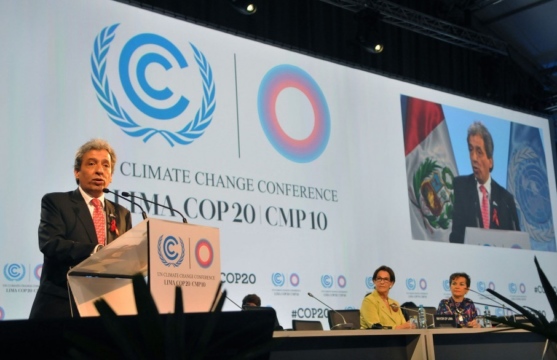
Climate Change & Latin America
In December, world leaders will travel to Lima, Peru to participate in United Nations COP 20 talks.
In December, world leaders will travel to Lima, Peru to participate in United Nations COP 20 talks.
Argentina’s nascent shale industry is one of the most promising frontiers for unconventional oil and gas development outside of the US.
Dilma’s very narrow margin of victory, a mere 3 points, speaks to the increasing political fragmentation her coalition faces.
Where is the greatest demand for improved infrastructure in the region, and how well do current plans address needs?
Latin American countries are demonstrating that “green growth” strategies can promote economic development.
Colombia’s growth rate was revised upward by the IMF to 4.8 percent while the region-wide growth estimate was revised downward.
Why has growth of the region’s middle class slowed down? What needs to be done to maintain the gains of the last decade?
Brazil’s oil and gas and electricity sectors are an important destination for Chinese direct investment.
The Brazilian presidential race is among the most hotly contested in the country’s history.
Latin America, a region facing growing demand, has become the main destination for US oil product exports.
Even though Dilma continues to stand strong in the face of a deteriorating economy, bleak growth outlooks call for major policy changes.
China has rapidly emerged as the world’s leading consumer and importer of minerals.
With no time to lose, Colombia’s newly appointed Director of National Planning has gotten to work on an ambitious agenda.
Think-tank Inter-American Dialogue recently held a closed-door event which brought together Colombia’s new mines and energy minister, Tomás González, with CEOs, industry association heads and regulators.
In the first of a two-part series, Inter-American Dialogue’s energy, climate change and extractive industries program director Lisa Viscidi talks to BNamericas about how the Colombian government is looking to increase oil reserves and maintain competitiveness as Mexico opens its hydrocarbons market.
Can the US and Brazil rise above their differences and find reasons to cooperate more effectively?
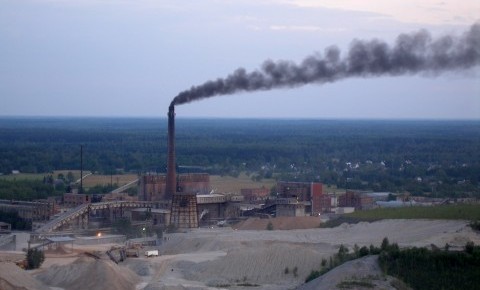
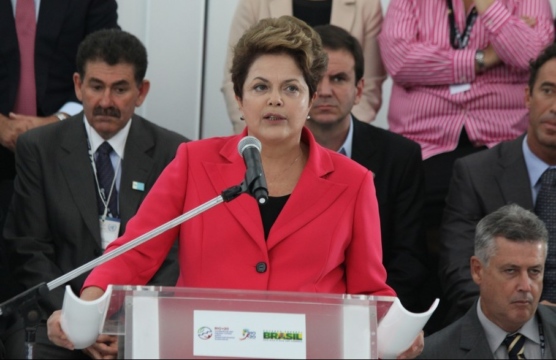

 Video
Video

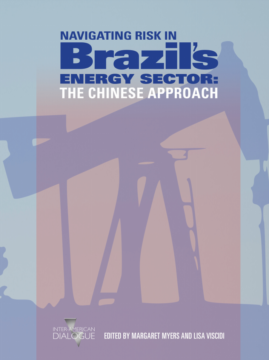
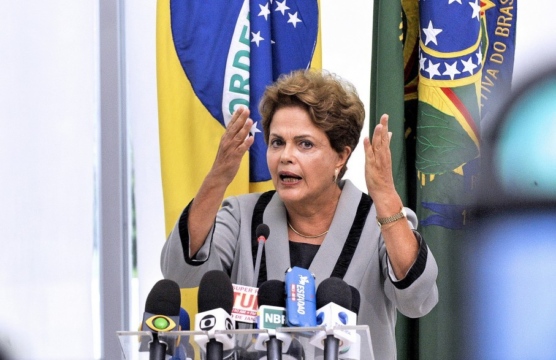
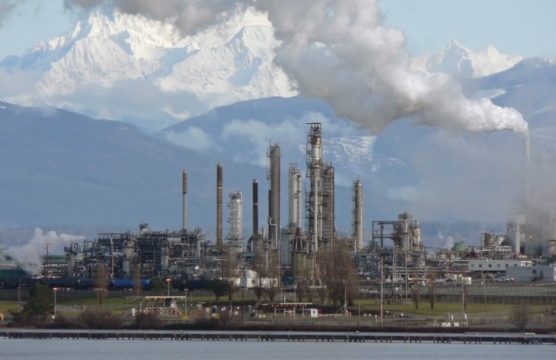
 Video
Video
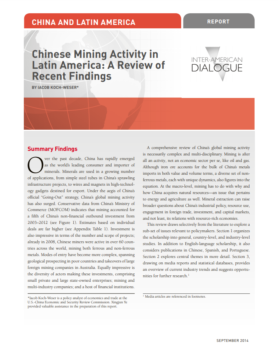
 Video
Video
